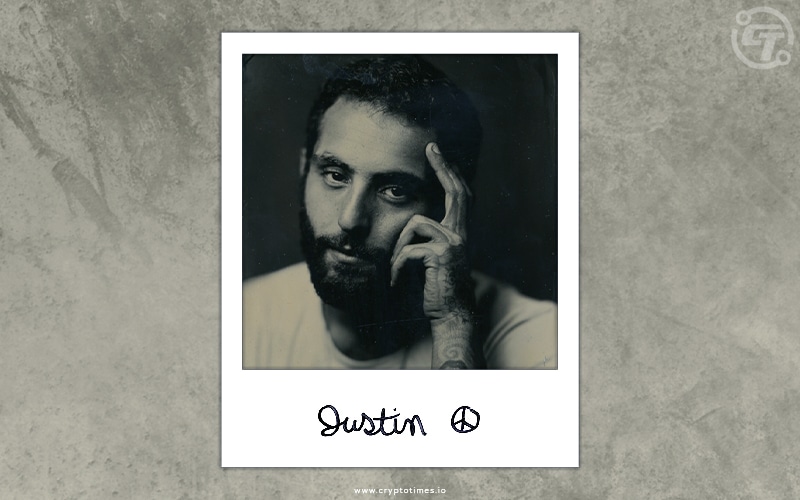Bridging the gap between the real and the virtual, Justin Aversano announced plans for a physical NFT gallery in Santa Monica. The popular NFT photographer and Quantum co-founder Aversano at the Non-Fungible Conference in Lisbon mentioned he will open one such gallery in California.
After the successful photo project Twin Flames which generated millions of dollars in sales, he now plans to set up physical spaces to exhibit his photography NFTs. His NFTs were showcased at Christie’s physical gallery last October; he again plans to exhibit other works as well.
He also intends to build a common space in an attempt to bring artists, collectors and newbies together. The physical NFT gallery can intrigue people who have never bought an NFT. They can walk into a space where they can find a piece that speaks to them, swipe their credit card and get the NFT in their Ethereum wallet.
Aversano will open a 3,800 square-foot physical NFT gallery in early June in Santa Monica. Later he wants to duplicate these spaces in other major cities.
He believes that the NFT communities are great for organizing like-minded people together but often lack interpersonal connection, put off casual observers, and require endless filtering for scammers.
In February, Justin Aversano’s Ethereum-based NFT platform Quantum art announced the raise of $7.5 million in a Series A funding round. This was done to bring more creators to the platform and expand their team. Considering that, Holders of “Quantum Key” NFTs, which is 1,000 in total, will get special access to gallery-cum-store-cum-co-working space.
The ‘key holders’ will be allowed to work, socialize, and buy art, which will range from $100 for casual buyers up to 1 ETH for serious collectors. The proceeds will be used to pay for the venue. As for individual artwork sales, the galleries will follow the same model as Quantum uses online. Under this, it takes a 20% cut of profits generated by NFT sales on its platform.
Jonas Lamis, Quantum COO commented on the initiative saying – “The number one thing we wanted to test is, Could we get the collector community together to cover the cost of using the space?”
When people show up in person “you can’t dismiss them the same way, unless you’re a jerk,” Aversano said.






